28+ Letter to the Editor Examples to Download
Letters to the Editor serve as a powerful medium for individuals to voice their opinions, concerns, or suggestions to a wider audience through newspapers, magazines, or online publications. In this article, we will explore the art of writing impactful letters to the editor, providing insights, tips, and examples to help you effectively communicate your message. Whether you are passionate about a social issue, want to share your expertise, or seek to engage in public discourse, mastering the art of letter writing can make your voice heard.
1. Letter to the Editor Example
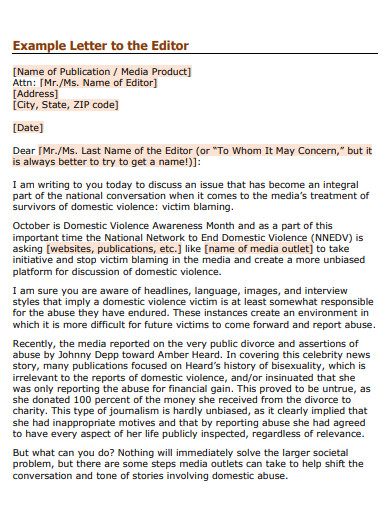
nnedv.org
2. Letter to the Editor Format
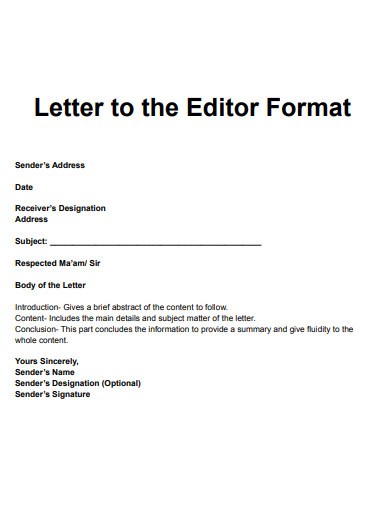
leverageedu.com
3. Letter to the Editor Outline
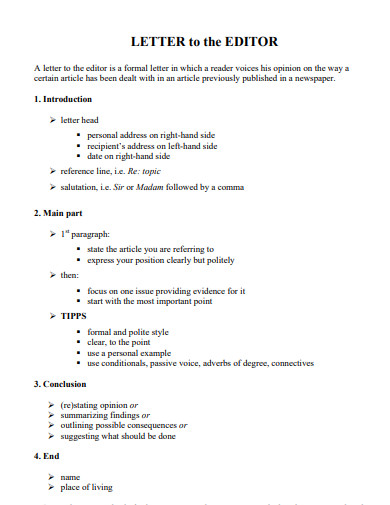
moodle.bildung-lsa.de
4. Dos and Donts Letter to the Editor
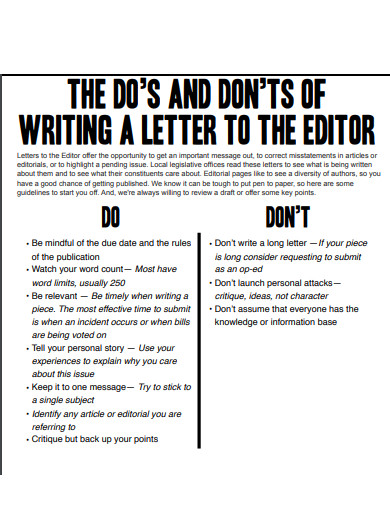
ceasefirepa.org
5. Letter to the Editor Peer Review Questions
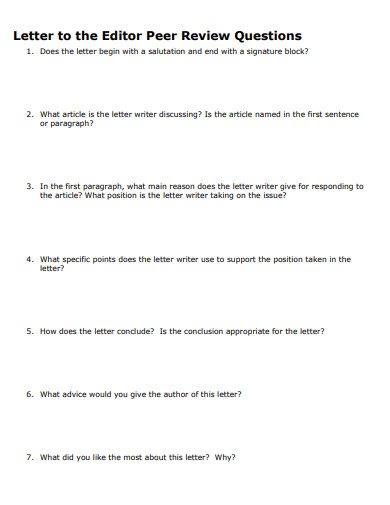
readwritethink.org
6. Letter to the Editor Activity

bmsg.org
7. Letter to the Editor Leadership in Nursing

iris.paho.org
8. Letter to the Editor Layout
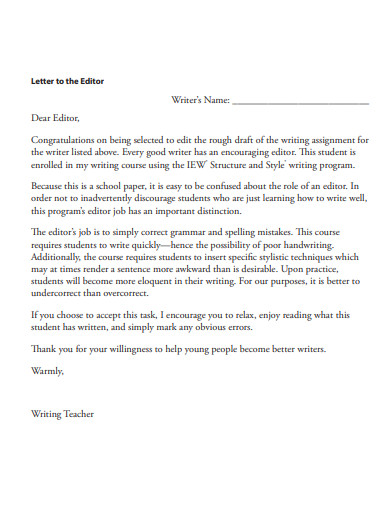
iew.com
9. Letter to the Editor Student Contest
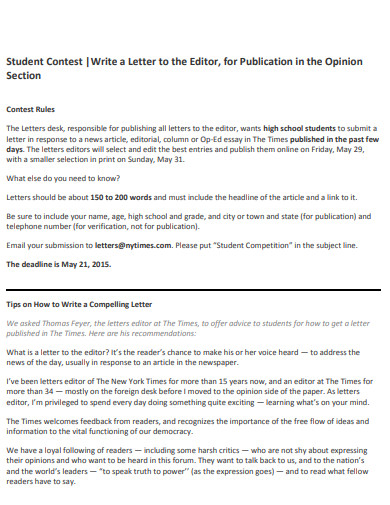
static01.nyt.com
10. Letter to the Editor Organization
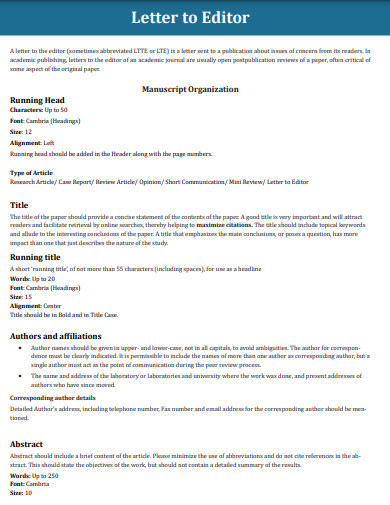
juniperpublishers.com
11. How To Write Letter to the Editor
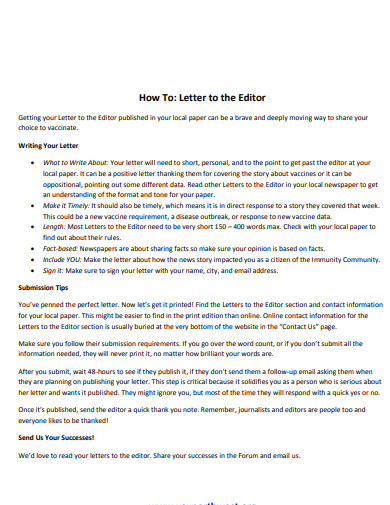
immunitycommunitywa.org
12. Letter to the Editor Revolutionary War
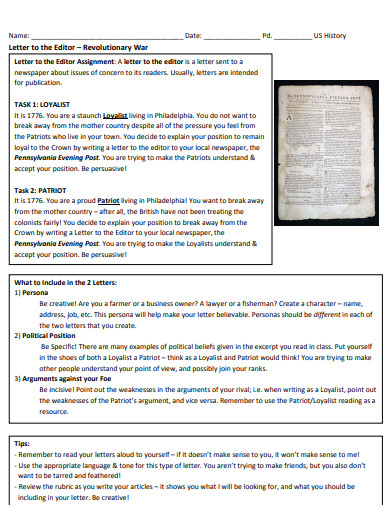
madison-schools.com
13. Submitting Letter to the Editor
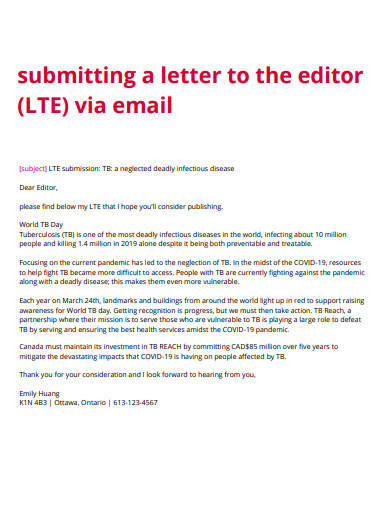
resultscanada.ca
14. Letter To The Editor on Social Problems
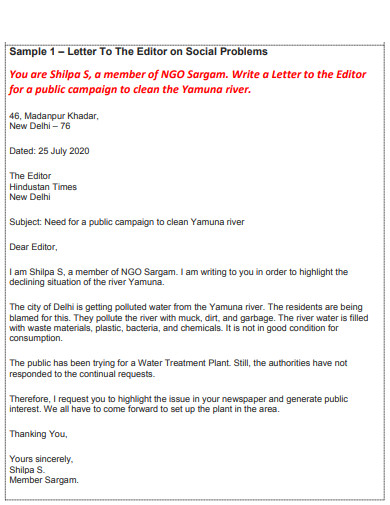
opjsrgh.in
15. Letter To The Editor Quick Tips
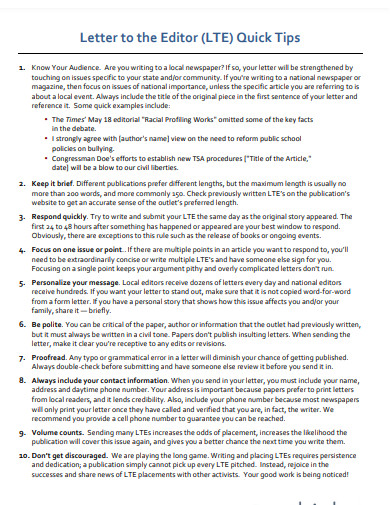
rethinkmedia.org
16. Letter To The Editor Local Paper
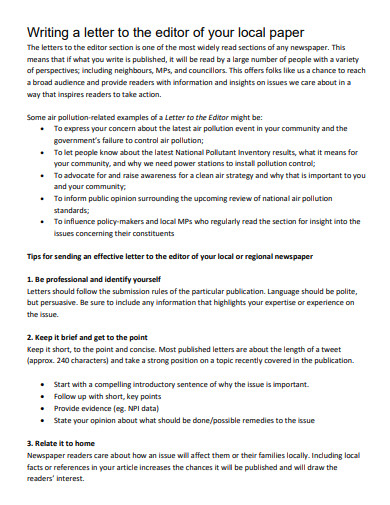
envirojustice.org.au
17. Letter To The Editor Guidelines
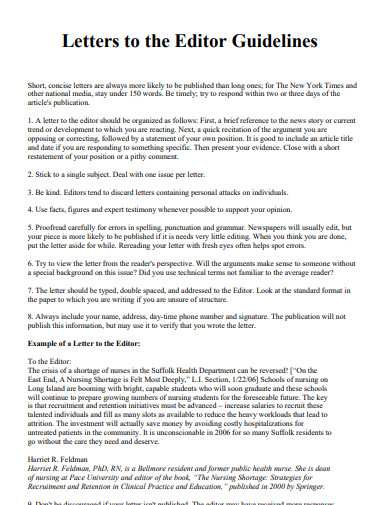
pace.edu
18. Sample Letter To The Editor
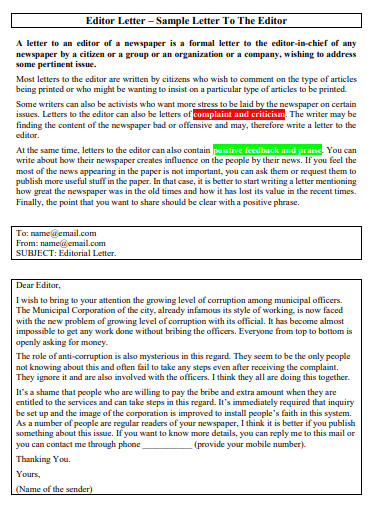
lewebpedagogique.com
19. Good Letter To The Editor
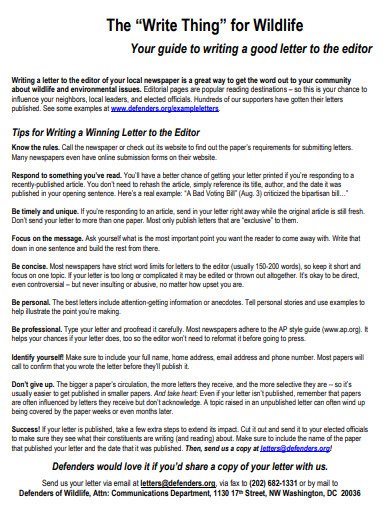
defenders.org
20. Letter To The Editor Template
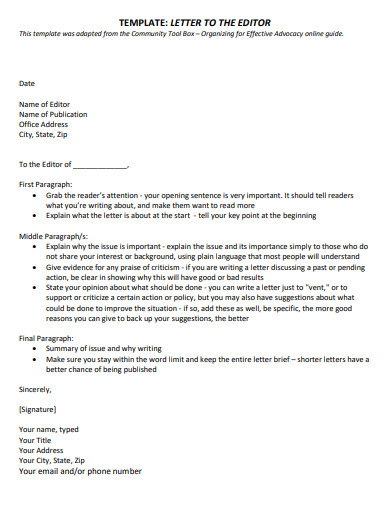
seacc.org
21. Free Letter To The Editor
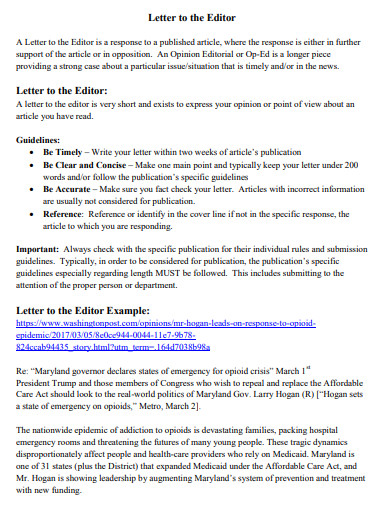
cdn.ymaws.com
22. Writing Letter To The Editor
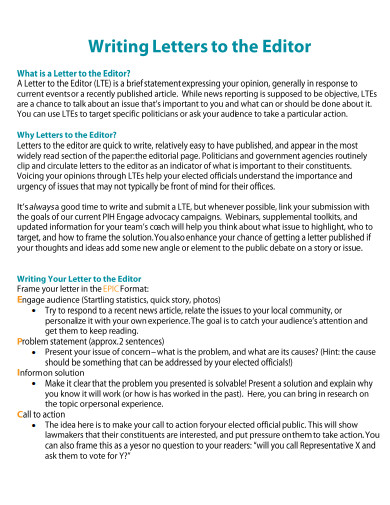
pih.org
23. Purpose of Letter To The Editor
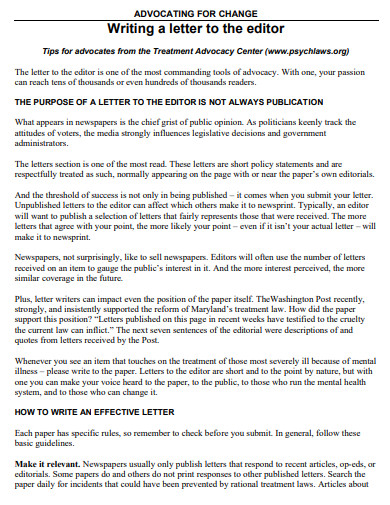
treatmentadvocacycenter.org
24. Tips for Writing a Letter To The Editor
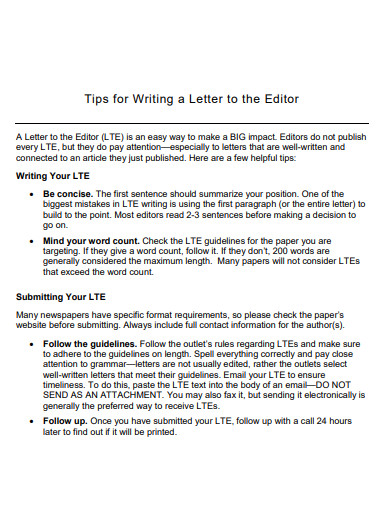
asn-online.org
25. Letter To The Editor Solved Questions
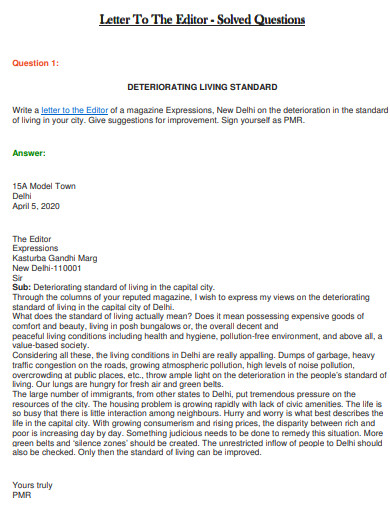
opjstamnar.com
26. Effective Letter To The Editor
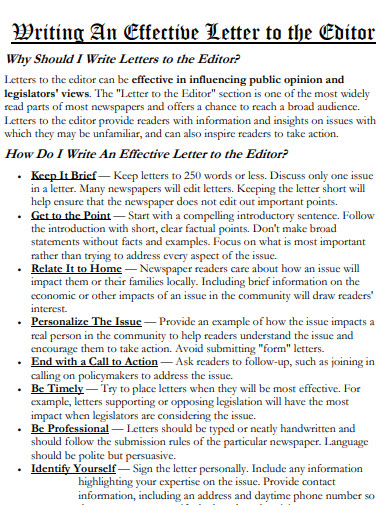
myfcta.org
27. Rejoinder to Letter To The Editor
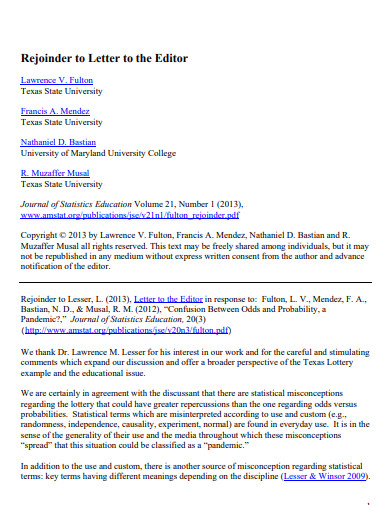
jse.amstat.org
28. Step by Step Guide Letter To The Editor
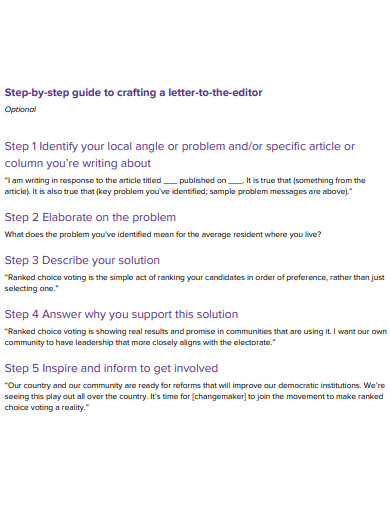
d3n8a8pro7vhmx.cloudfront.net
29. Letter To The Editor Checklist
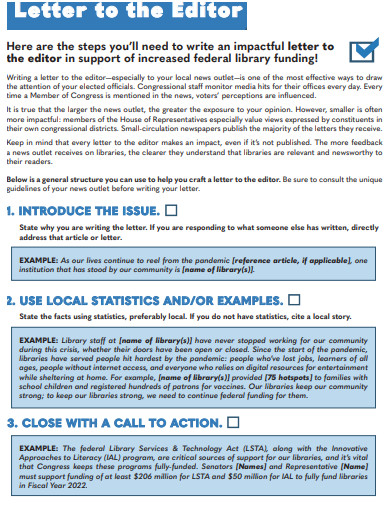
ala.org
What is a Letter to the Editor?
A Letter to the Editor is a written communication addressed to the editor of a publication, expressing an individual’s viewpoint on a specific topic of public interest. These letters are concise, persuasive, and designed to engage readers and influence public opinion. A well-crafted letter provides an opportunity for readers to gain different perspectives, promotes community dialogue, and encourages civic participation.
How to Write a Letter to the Editor
Writing an effective Letter to the Editor requires careful thought and strategic planning. By following these steps, you can create a compelling piece that grabs attention and makes a meaningful impact.
Step 1: Choose a Relevant Topic:
Identify a topic that is timely, relevant, and aligns with the publication’s readership. Select an issue that you are passionate about and can provide valuable insights or opinions on.
Step 2: Research and Gather Supporting Information:
Thoroughly research the topic to gather facts, statistics, and evidence that support your viewpoint. This will add credibility to your letter and enhance its persuasive power.
Step 3: Format Your Letter:
Use a clear and professional format for your letter, such as the block letter format or formal business letter format. Pay attention to proper letter structure, including a concise introduction, well-organized body paragraphs, and a compelling conclusion.
Step 4: Craft a Strong Introduction:
Grab the reader’s attention with a compelling introduction paragraph. Clearly state the purpose of your letter and provide a concise summary of your main argument or viewpoint.
Step 5: Develop Your Argument:
In the body paragraphs, present your viewpoint or argument in a logical and persuasive manner. Use supporting evidence, personal experiences, or relevant anecdotes to strengthen your position.
Step 6: Conclude with Impact:
Summarize your main points and restate your position in a concise and memorable manner. Leave the reader with a powerful concluding statement that encourages further thought or action.
FAQs
What is the appropriate format for a Letter to the Editor?
A Letter to the Editor should follow a clear format, such as the block letter format or formal business letter format. These formats include proper letterhead, salutation, body paragraphs, and a closing.
How do I address my Letter to the Editor?
Address your letter directly to the editor of the publication. Begin with a formal salutation, such as “Dear Editor” or “To the Editor.”
Where can I find examples and templates of Letters to the Editor?
You can find a variety of letter examples and templates in Word format, such as “18+ Letter Examples & Templates in Word,” which provide a helpful starting point for crafting your own letter.
In conclusion, crafting a persuasive and impactful Letter to the Editor allows you to contribute to public discourse, raise awareness, and advocate for change. By following the step-by-step guide and utilizing proper text structure, you can effectively convey your message, engage readers, and make a difference in your community. Remember, your letter has the potential to inspire action, influence opinions, and shape the narrative on important issues. Take this opportunity to share your voice and be a catalyst for positive change.


